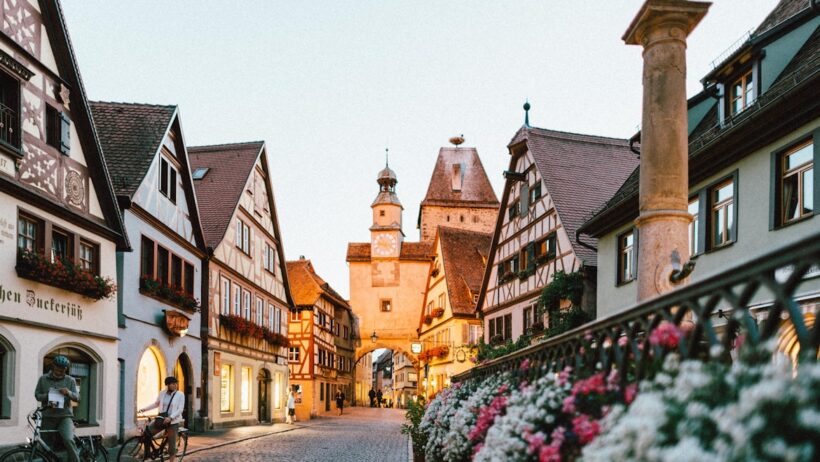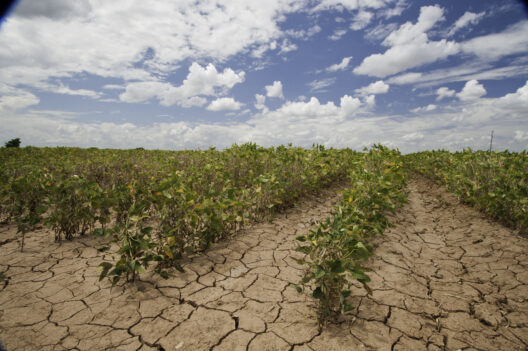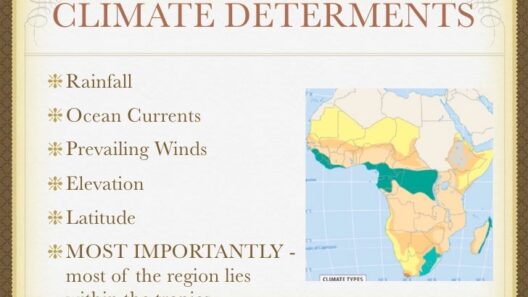Germany, a country synonymous with engineering precision, imposing architecture, and rich history, blossoms under its climate’s diverse characteristics. Its weather is an intricate tapestry woven from continental influences, moderated by oceans, and marked by the subtle nuances of each season. This complexity not only shapes the physical landscape but also influences the cultural rhythm of its inhabitants, drawing in visitors and locals alike to experience its seasonal charm.
Geographically, Germany’s climate is primarily classified as temperate continental. This classification encompasses characteristics typical of a continental climate: marked temperature differences between seasons and low to moderate precipitation. The country is divided into distinct climatic zones, with the northern regions experiencing milder, maritime influences from the North Sea and Baltic Sea, while the southern areas, particularly along the Alps, exhibit a wetter and sometimes more severe climate.
Winter: A Frosty Wonderland
Winter in Germany is a season of stark contrasts, generally spanning from December to February. The weather can oscillate between freezing temperatures, especially in the east, and milder days on the western fringes where Atlantic air sometimes prevails. Snowfall, particularly in the Bavarian Alps, ushers in a picturesque ambiance, transforming the landscape into a stunning winter wonderland.
German winters are often characterized by their serious chill, where temperatures regularly dip below freezing. The cold air masses from Scandinavia and Siberia can lead to frost and the formation of snow, creating conditions ideal for winter sports enthusiasts. Ski resorts in the Alps attract crowds, while cities like Munich and Nuremberg come alive with Christmas markets, offering an array of festive delights. It is during this season that the charm of German culture resonates deeply, as families gather around warm fires, enjoying mulled wine and traditional gingerbread treats.
Spring: The Rebirth of Nature
Arriving in March, spring heralds a period of rejuvenation. As temperatures gradually rise, flora and fauna awaken from their winter slumber, leading to vivid displays of blossoms and greenery. This metamorphosis showcases the enchanting beauty of cherry blossoms in Bonn and tulip fields blooming across the countryside.
Spring, or ‘Frühling,’ is marked by unpredictable weather patterns. Warm sunny days can rapidly give way to cool fronts, resulting in brief but intense showers. These fluctuations serve as a reminder of nature’s capriciousness and are a source of fascination for many. With the sun’s return, Germans partake in outdoor activities that celebrate the emerging warmth, from cycling through verdant parks to enjoying al fresco dining in bustling town squares. The season is a powerful illustration of life’s cyclical nature, revealing a profound interconnectedness with the environment.
Summer: Days of Sunshine and Festivity
The summer months, June through August, invite both residents and tourists to bask in the warmth of the sun. With average temperatures ranging from 20°C to 30°C (68°F to 86°F), this season is characterized by longer days filled with sunshine. This weather is perfect for celebrating numerous festivals and open-air concerts that dot the German cultural landscape.
However, summer is not without its challenges. Periods of drought can occur, leading to heightened discussions about water conservation and sustainable practices within agriculture. The impact of climate change has become increasingly evident, with heatwaves becoming a more frequent phenomenon. Such transformations have stimulated discourse on the importance of environmental stewardship, compelling society to reconsider its relationship with nature.
Summer also witnesses the proliferation of local produce as markets brim with fruits and vegetables, epitomizing the agricultural bounty fostered by the warm climate. The fusion of seasonality and local flavors shapes a culinary culture that thrives on freshness, encouraging a robust connection between consumers and their environments.
Autumn: A Tapestry of Colors
The vibrancy of autumn is realized in the months of September to November, when Germany’s landscapes transform into a breathtaking tapestry of warm hues. The fall season not only offers stunning visuals but also symbolizes a time of harvest and celebration. The famous wine regions, particularly along the Rhine, come alive with grape-harvesting festivities, as locals and visitors partake in traditional wine fairs.
Temperatures during autumn gradually decline, exhibiting a semblance of summer’s warmth while preparing for the winter ahead. Rainfall increases in frequency, contributing to the rich tapestry of shifting colors as trees prepare to shed their leaves. This transition unfolds gradually, allowing societies to embrace the change while considering the implications of a warming climate on these natural cycles.
Conclusion: The Enigmatic Allure of Germany’s Climate
Germany’s climate is more than mere meteorological phenomena; it is a dynamic interplay of geography, culture, and seasonal characteristics that captivates both the mind and soul. Each season offers a distinctive allure, prompting reflection on our connection to the environment and highlighting the delicate balance that sustains it. The transformation throughout the year compels observers to appreciate not only the aesthetic beauty of nature but also to acknowledge the pressing realities posed by climate change. As global climates shift, the fundamental question remains: how can societies innovate to harmonize development with ecological integrity? Germany’s answer lies in its enduring climate, a reminder that the stewardship of our environment is paramount for future generations.








